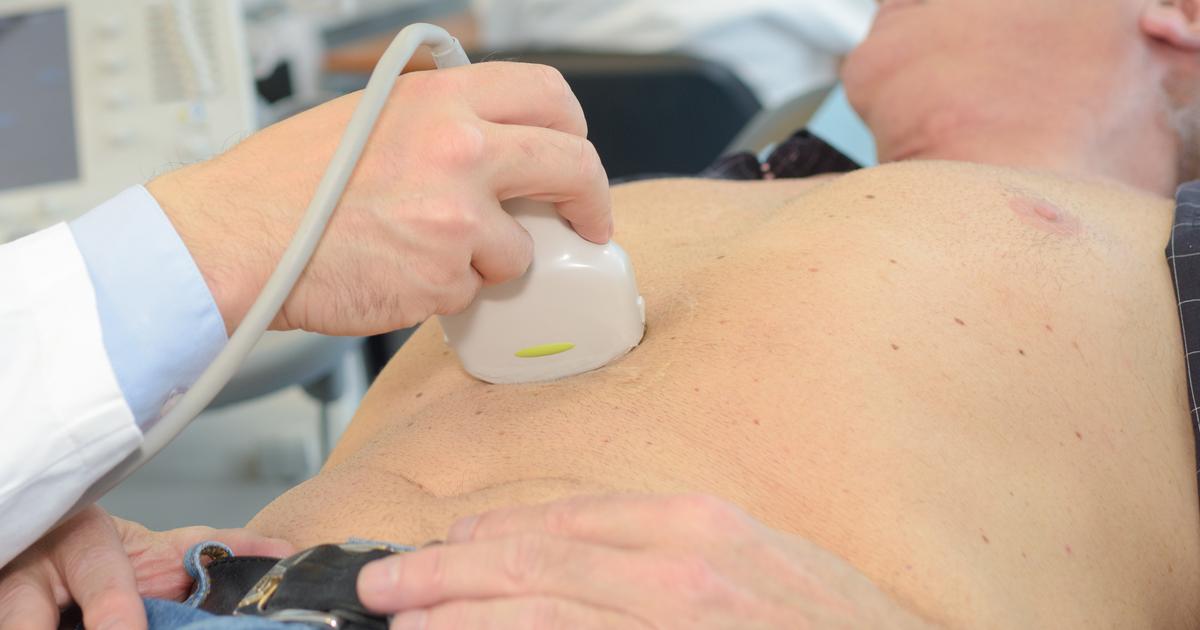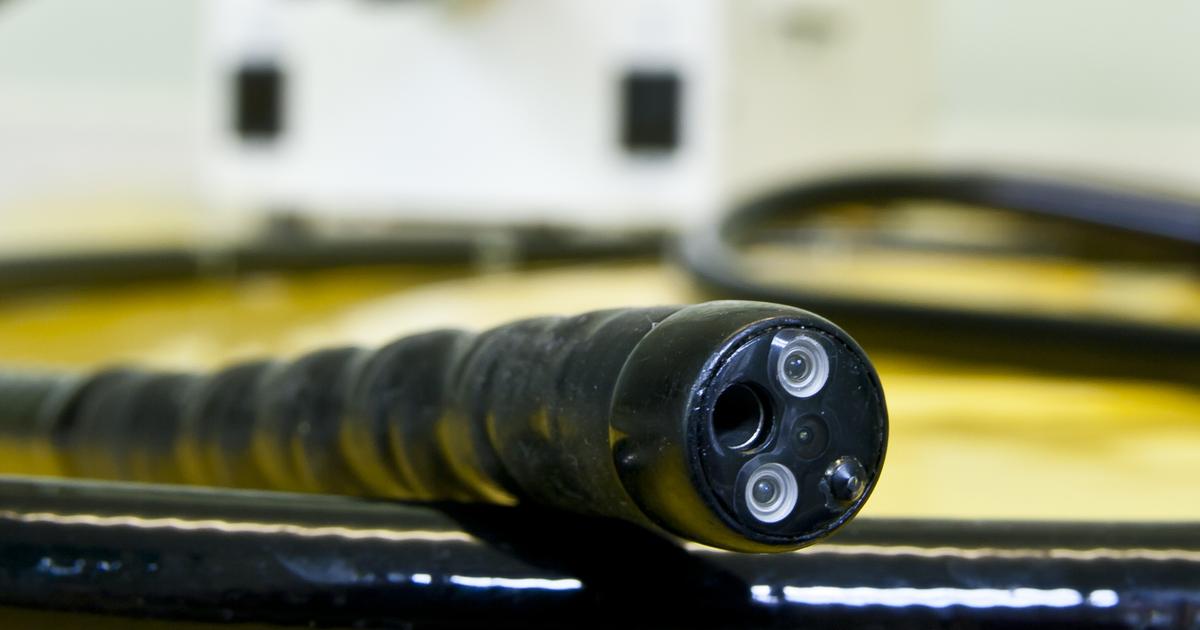Guide To Diagnosing, Treating, And Preventing Gallstones
Endoscopic Retrograde Cholangiopancreatography
Endoscopic retrograde cholangiopancreatography (ERCP) is another imaging test that can help diagnose problems with the gallbladder, liver, bile ducts, or pancreas. Of course, this includes gallstones. This imaging test uses x-ray imaging and an endoscope. An endoscope, for reference, is a flexible tube with a light. The doctor or technician will guide the endoscope through the patient's mouth and throat. They will guide it down the patient's esophagus, stomach, and into their small intestine. At this point, the doctor will inject a special dye, which is what will highlight the patient's organs for the x-ray image.
Reveal more ways to diagnose gallstones now.
Abdominal Ultrasound

Some individuals will receive an abdominal ultrasound to diagnose gallstones. An abdominal ultrasound is a procedure that uses a special wand or transducer on the skin of the abdomen to send sound waves through the tissues that deflect back and form an image on a monitor. Although this type of ultrasound is most often associated with pregnancy, it can also be used to diagnose other conditions. As mentioned, this includes gallstones.
An abdominal ultrasound does not require sedation, is painless, and does not use any form of radiation. An abdominal ultrasound can be used to distinguish gallbladder cancer, gallbladder polyps, porcelain gallbladder, gallbladder perforation, and cholecystitis from stones in the gallbladder. As an abdominal ultrasound does not require the same preparation, sedation, and expertise as endoscopic ultrasound, it is used more often in patients who have symptoms that may or may not involve their gallbladder.
Discover additional ways to diagnose and treat gallstones now.
